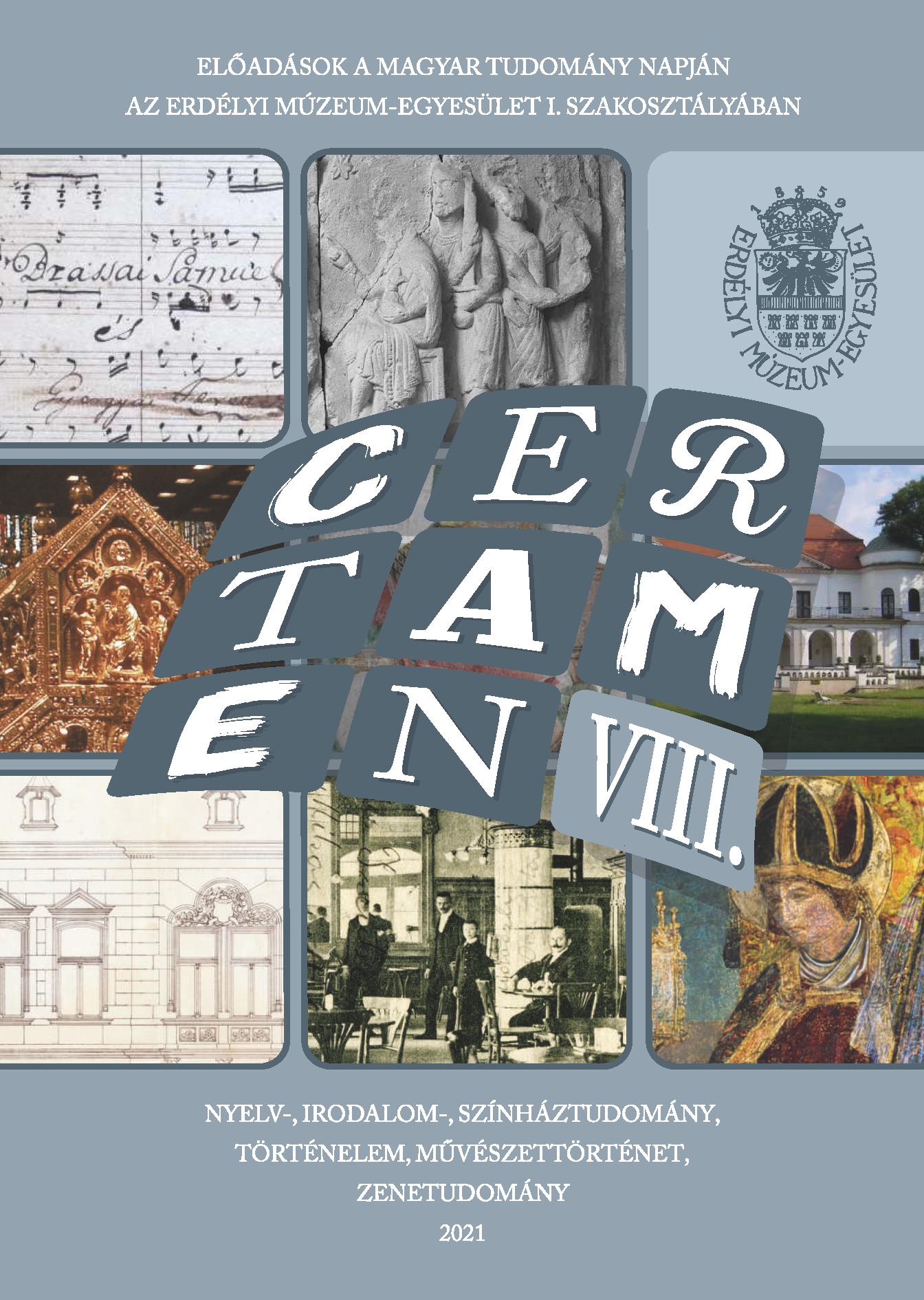Vízkereszt és Eucharisztia. A háromkirályok imádása-téma eucharisztikus vonatkozásairól
Ephiphany and Eucharistic Devotion. Eucharistic Symbology in the Adoration of the Magi
Author(s): Ferenc VeressSubject(s): History of Art
Published by: Erdélyi Múzeum-Egyesület
Keywords: Epiphany; adoration of the Magi; Eucharist; manger and altar; mystery plays;
Summary/Abstract: According to an old tradition, the fragments of Christ’s manger and cradle are preserved in the Santa Maria Maggiore Basilica, Rome. On Pope Nicholas IV’s commission, Arnolfo di Cambio carved a stone group, representing the Adoration of the Magi (1290–1292) to commemorate the place of the precious relic. In the same time Giotto di Bondone depicted the Miracle of the Manger of Greccio in his fresco series in the Basilica of Assisi. As testified by Giotto’s fresco, clerics and laics participated together in the sacre rappresentazioni aiming to visualise the dialogue between the shepherds and the angels or the arrival of the magi. We possess texts and descriptions of such plays from the 10th century, which are, as I believe in strong relationship with visual arts. In the case of the reliefs of the Cathedral in Pécs, the scene of the Adoration of the Magi was placed originally close to the altar and can probably be discussed as a parallel of the contemporary religious play from Győr, entitled Tractus Stellae. Travelling merchants as well as royal personalities visiting the relic-shrine in Cologne regarded the Magi as their patrons and imitated them through the offering of the gifts during Mass (offertorium). Drama was part of the medieval and the baroque religious life, for example in Florence where the Compagnia dei Magi designed sumptuous processions and stages to mark the feast of the Epiphany. The oratories of the Confraternities are adorned with frescoes representing the childhood of the Saviour as in case of the Compagnia dello Scalzo and the Santissima Annunziata in Florence or the Scuola di San Rocco in Venice. Baroque religious life integrated medieval customs and iconographic types. In the Santa Maria Maggiore a tabernacle was raised above the chapel of the manger (16th century) and the San Pietro Bernini designed his tabernacle imitating the form of the columns of the early San Pietro Basilica.
Journal: Certamen
- Issue Year: 2021
- Issue No: VIII
- Page Range: 271-297
- Page Count: 27
- Language: Hungarian

